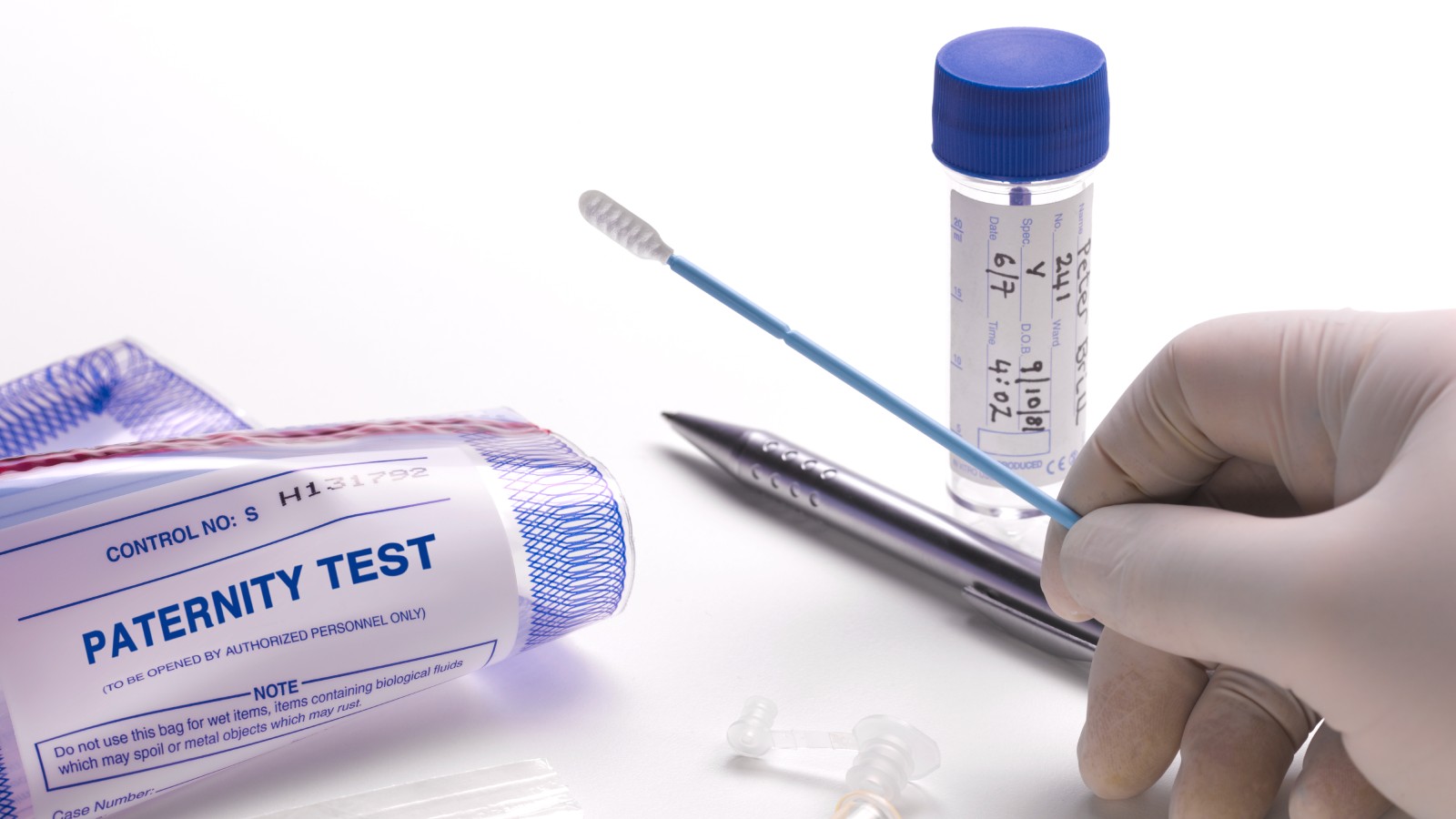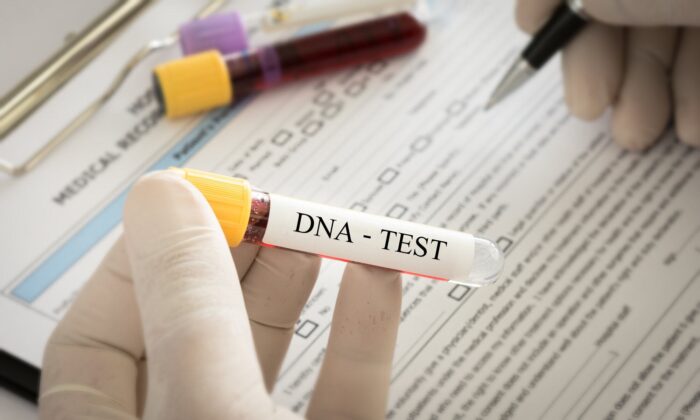
Parenting can sometimes be a complex topic for some of us because there can often be certain incidents that we do not influence. Such cases are, for example, those related to parentage, that is, finding out whether the child is the offspring of the father. Paternity testing is a process that can help determine the father of a child. It’s typically used when there is doubt about who the child’s parent is. There are a few things you need to know before you undergo this test: privacy and legal issues, which we will discuss in this article to give you answers to some questions that are unclear to most of you.
The paternity test is an old technology that helps families resolve their doubts about who the father of a baby is. It’s based on the scientific principle that if two people have intercourse, there is a 50% chance of producing a baby. If someone doubts the paternity of a child, they may request a paternity test to determine whether or not the father who takes care of the child is the biological father.
There are many privacy and legal issues that you should be aware of before undergoing a paternity test. The law of each country tries to establish a certain legal practice that will be as acceptable and protective as possible. For example, did you know that your samples may be stored for up to 10 years? This means that your information (name, address, etc) will still be accessible even after you’ve completed the testing process. You also have the right to revoke consent at any time, which may also be information that you did not know. However, it’s important to be aware of this so that you aren’t surprised by something down the road.
It’s important to understand all of the implications of paternity testing before proceeding. By following our tips, you’ll be able to make an informed decision regarding this important process. So let’s see together a lot of useful information on this topic that can help you be ready for everything that awaits you during the process. Let’s get started!

1. Understand the different types of paternity testing
Laboratories, as well as specialist centers, almost always offer different solutions for what you need, so they also offer more solutions when it comes to paternity testing. As we already know, the tests can be done in several ways, so you need to know that there is a test that can be done through blood or by taking a smear from the inner part of the cheeks. Of course, this procedure is covered by the law, that is, everything related to these methods of testing is contained in the rules, regulations, and laws when it comes to legal aspects. That’s why it’s good to inform yourself and learn more about the different types of paternity testing.
2. Understand the privacy and legal issues with paternity testing
Since we are talking about paternity testing and what you need to know from a legal point of view, it would not be fair for us not to mention the part related to privacy and legal issues. You need to go through that whole section in order to have an easy testing process, but also in order to be familiar with what the law provides, with the consequences, the problems that could arise, and so on. That’s why it would be nice to get informed and see what it is that you should know.

3. Understand the costs and benefits of paternity testing
Like any type of testing, this type of testing carries with it certain advantages, costs, and benefits. The advantages of this type of testing are that it will be confirmed whether the father is the real father of the child or someone else is the father of the child. Then this test brings its own costs, so it is necessary to see what the costs are and whether the state or the health insurance fund covers part of it. At the very end is the benefit, that is, the moment when the father will be sure if his child is really his.
4. Understand the process of paternity testing
Although the testing itself is not overly complicated and although the testing itself is not an overly difficult process, it is still necessary to see what each father and each child goes through in this process. According to the rules, this process involves a request for testing, which is usually consented to by the parents. Then it moves on to taking samples, which can be blood samples or swabs from the inside of the father’s and child’s cheeks. The samples are then taken to a laboratory where the testing is done, the results are produced and sent to the parents. It is important to know that the law has certain restrictions and legal acts regarding testing that parents, especially fathers, should be aware of.

5. Understand the potential risks and benefits of using paternity tests
Of course, although this procedure seems risk-free, there are still certain risks that are primarily personal, but can also be legal risks that fathers, and above all both parents, should be aware of. In each country, the restrictions and rules are different, the legal acts change, and the rules of the laboratories as well, so it is important to pay attention to the rules and procedures that are legally set in order to be clear and avoid inconveniences.
Conclusion
These are the guidelines that every couple needs, but above all every father who wants to know more about whether his child is his or he is not the real father of the child. Now, all that is required is to move on to the process of testing and finding out what is real with the help of a paternity test. It is important that you approach the process with courage and see what the truth is.
















